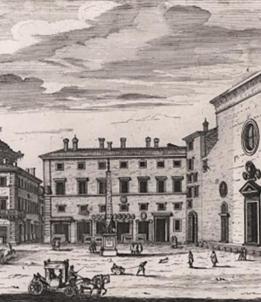
A library for ministerial officials
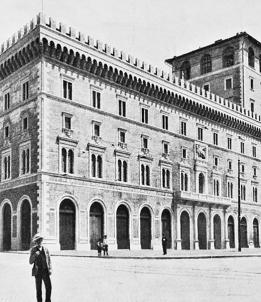
When World War I began, the library opened its collections to Italian academics that had been ousted by the German Institute of Rome (Istituto Germanico di Roma), considering them to be enemies
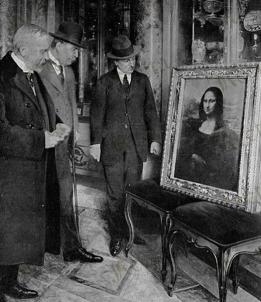
Assigned to the newly-formed National Institute of Archaeology and Art History, the library was moved to the Renaissance palace of Pope Paul II (Pietro Barbo)

The library made a qualitative leap forward with the acquisition of the books and materials belonging to the great Roman archaeologist Rodolfo Lanciani
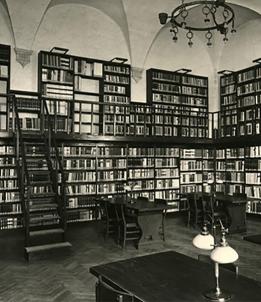
After the dark years of WWII, the library thrived and its collections continued to grow

Once it became a State-run library, BiASA opened its doors to the general public
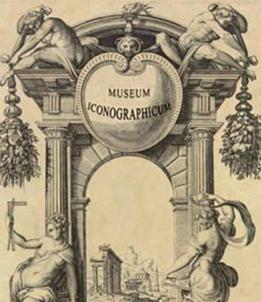
With increased acquisitions and a larger user base, the library was in dire need of additional space
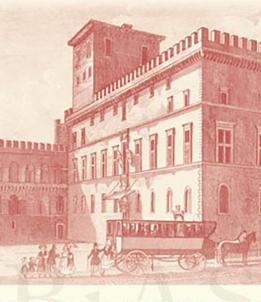
The library’s desire to meet users where they are led to cutting-edge projects, including the Digital Italian Periodicals archive
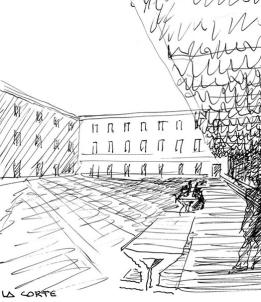
The new BiASA headquarters will be a building located in the heart of Rome, renovated just for this purpose by starchitect Mario Botta










